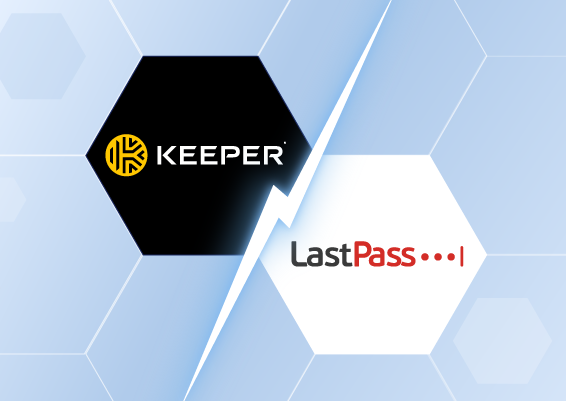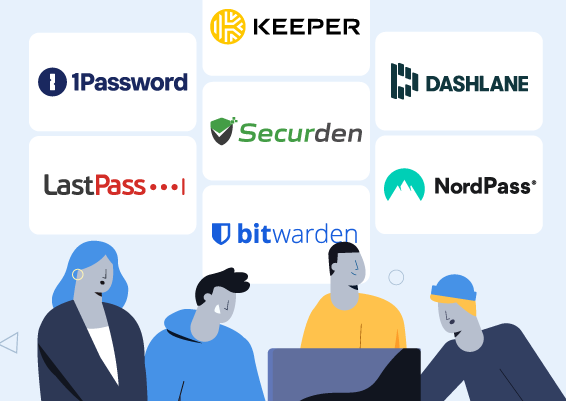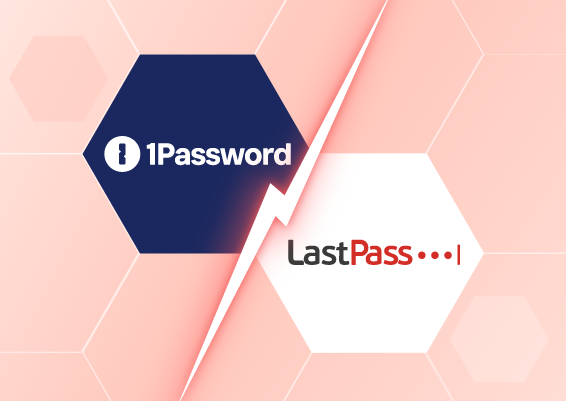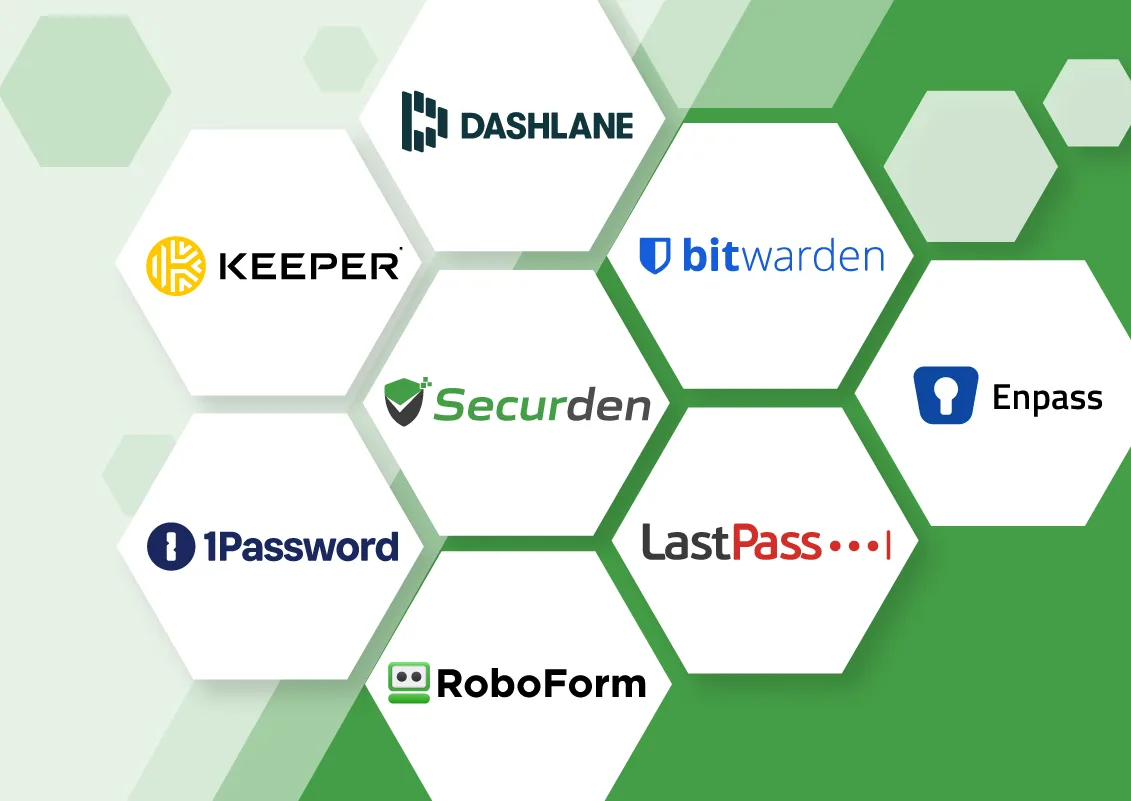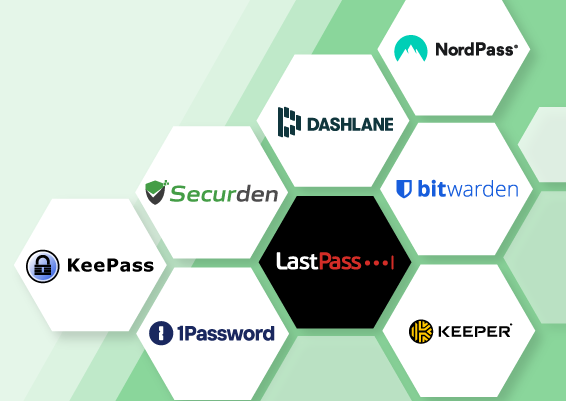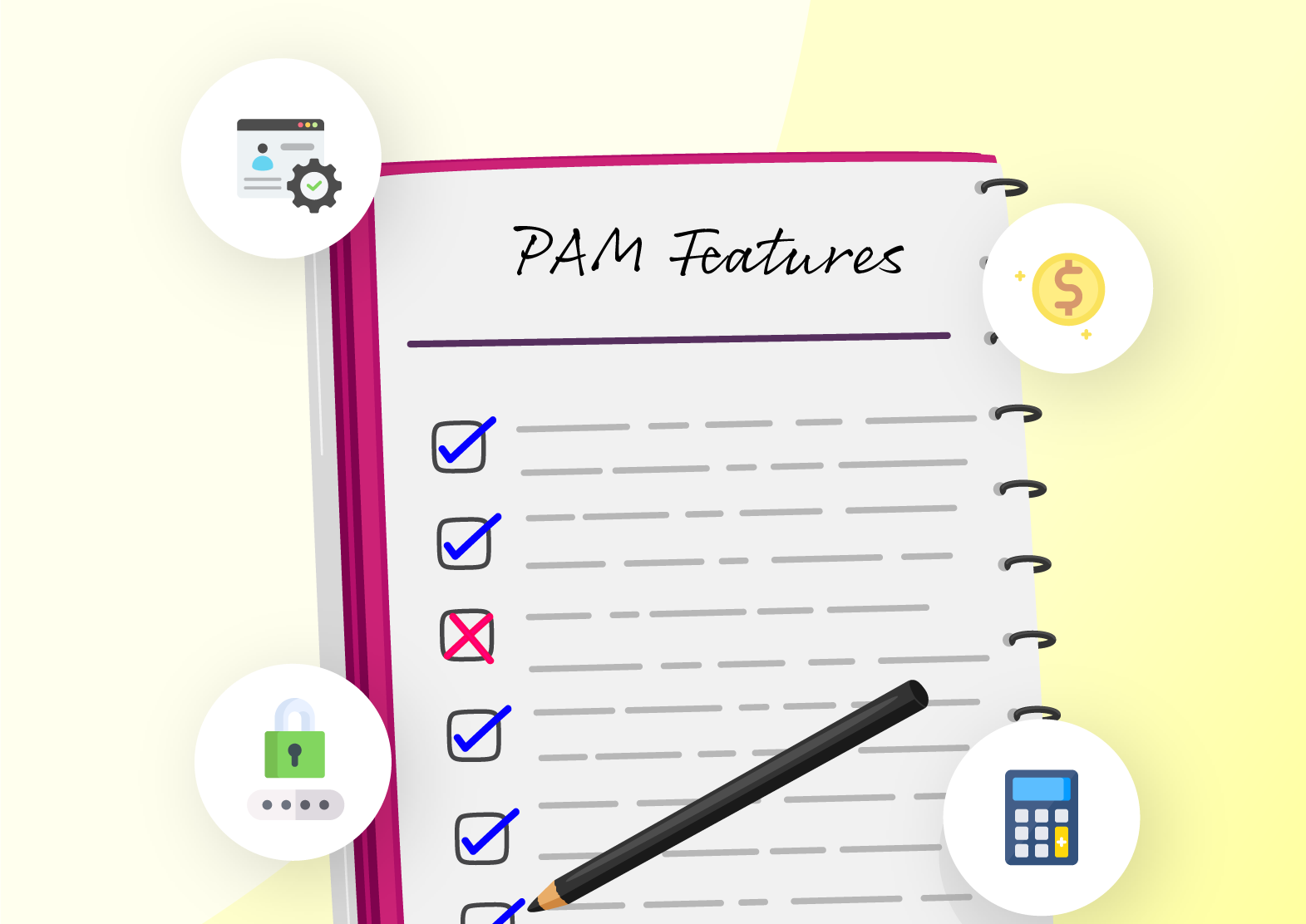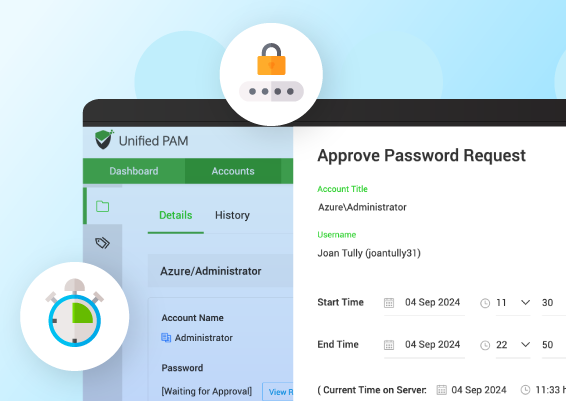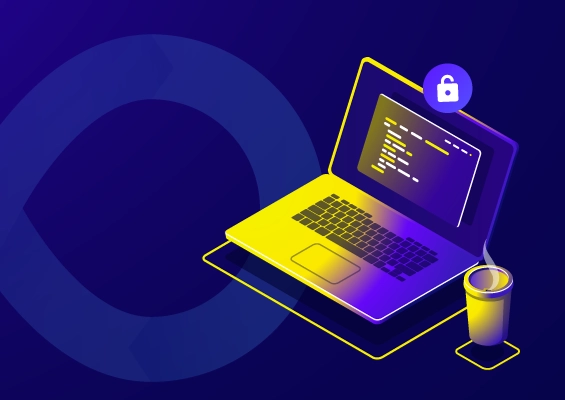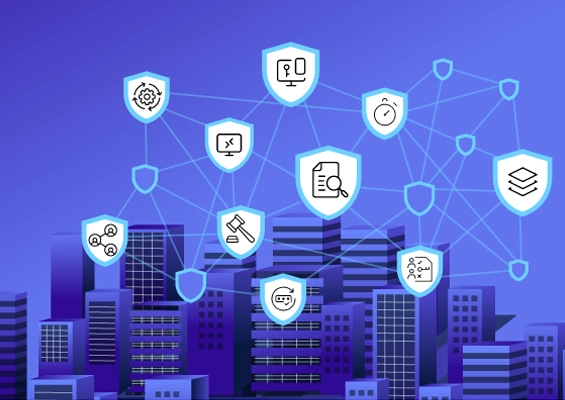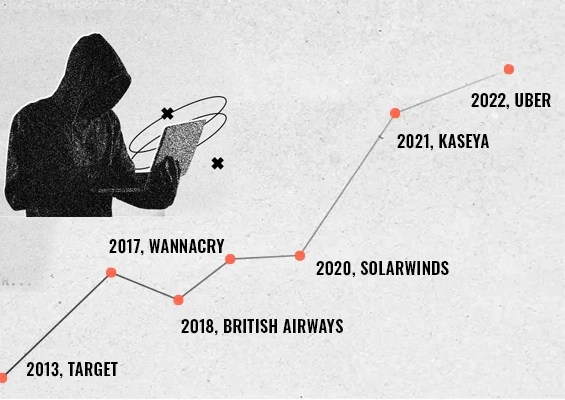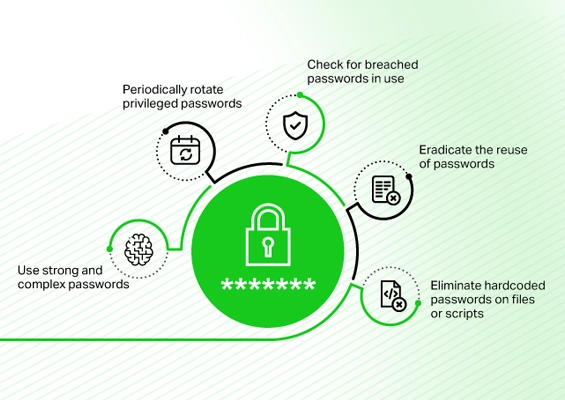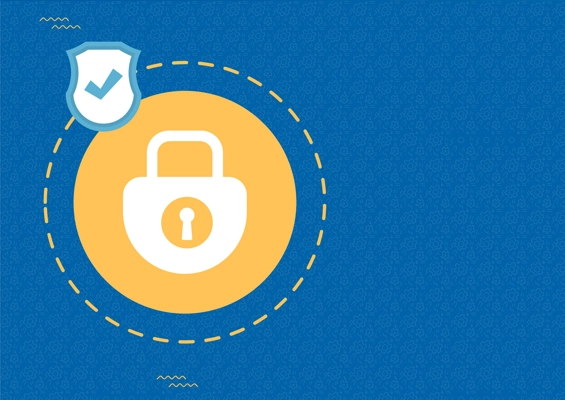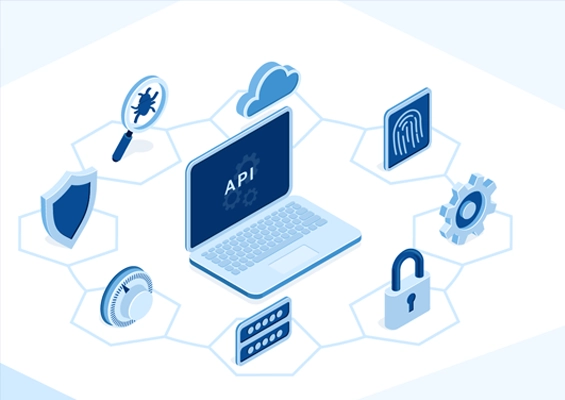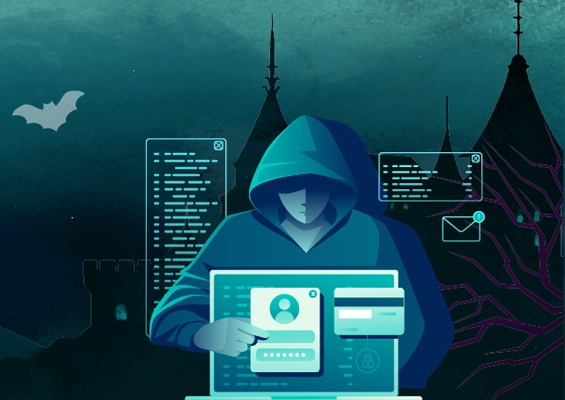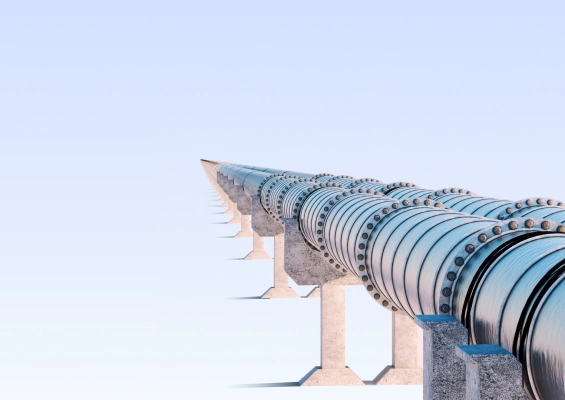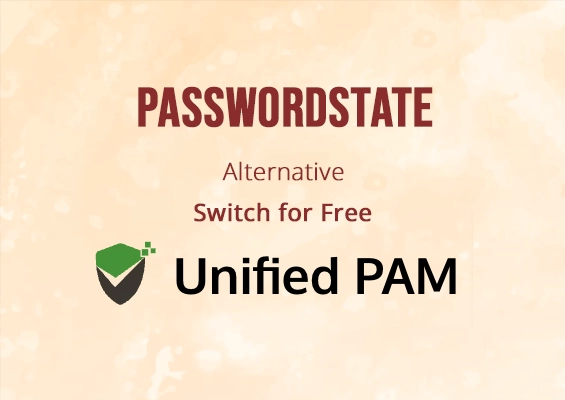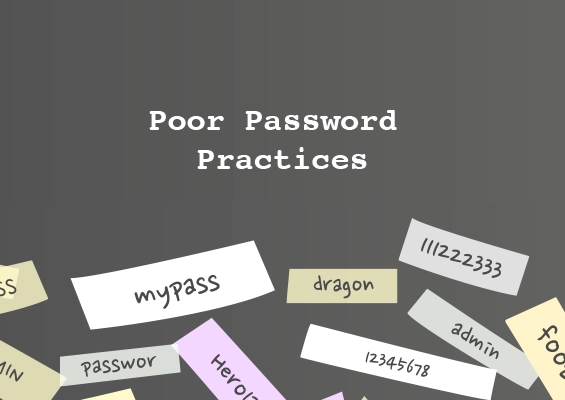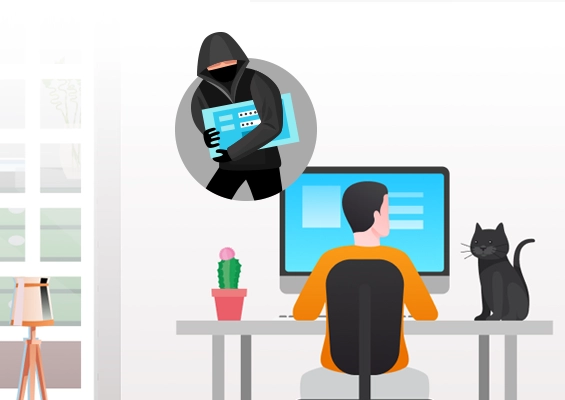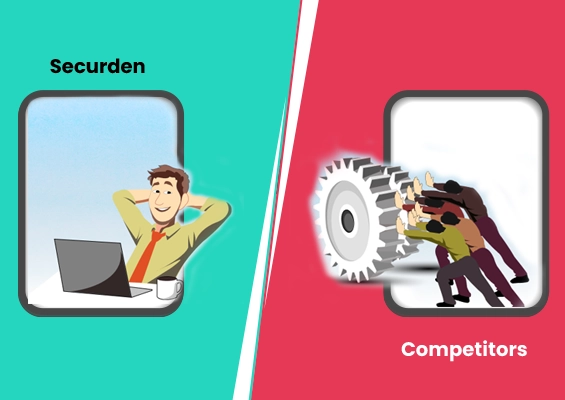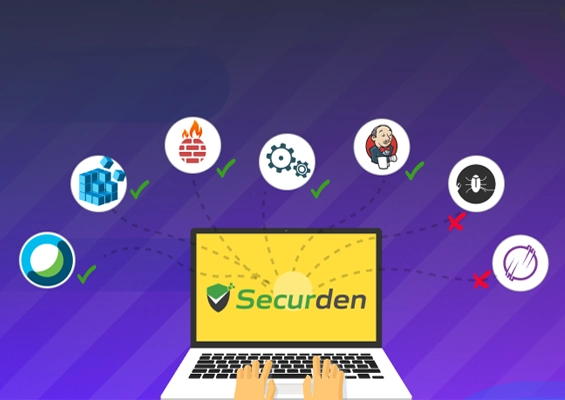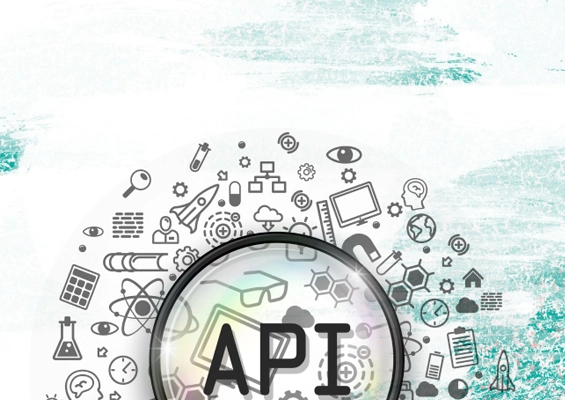Cyber attacks, insider exploitation, and data leaks pose significant cybersecurity threats that can cost your organization thousands—if not millions—of dollars and severely damage your reputation.
Moreover, according to Cybersecurity Ventures, cybercrime costs are expected to hit the $10.5 trillion mark annually by 2025, so safeguarding digital infrastructure has become a top priority for business leaders across industries.
One of the most critical challenges you face is controlling who has access to your organization's most valuable systems and data. This is where Privileged Access Management (PAM) becomes crucial. PAM solutions ensure that only authorized users can access sensitive systems and information, strengthening your security framework. Modern unified privileged access management platforms consolidate these capabilities into comprehensive security solutions.
However, you might have had to sift through the complex and often opaque pricing models when evaluating PAM solutions. Hidden fees, tiered licensing, and unclear costs make it difficult to determine the PAM cost of securing your data. Understanding the full pricing structure is crucial to ensuring your organization invests in the right solution without unexpected financial burdens.
To help you get answers to questions like 'How much does a PAM solution cost?', we have broken down the key elements contributing to the overall PAM pricing and explained the factors that impact pricing.
What Should You Consider Before Purchasing a PAM Solution?
Before we discuss the pricing breakdown, cost components, and hidden costs of a PAM solution, here are the seven factors you should consider before purchasing one.
1. Number of Users and Accounts
Identify the number and types of privileged users in your organization, such as administrators, business users, developers, and super-users. Also, assess the different account types that need management, including shared, service, and personal admin accounts.
2. Number of Managed Devices
Evaluate the types of devices requiring privileged access, such as servers, databases, network equipment, cloud platforms, and IoT devices, along with your infrastructure's total number and complexity, including legacy systems and multi-cloud environments.
3. Contractual Lock-Ins
Be wary of vendors that impose lengthy contracts or lock-in terms. In today's economic climate, selecting a PAM solution that offers flexibility and avoids unmanageable commitments is vital, allowing you to pivot as your needs change.
4. Features and Modules
Identify essential functionalities like password vaulting, session monitoring, and access control. Advanced features like privileged task automation or third-party integrations may be necessary, but be mindful of how these can affect your overall costs. Opt for a solution that aligns closely with your current and future needs.
5. Deployment Types
Consider your organization's needs when choosing between on-premise, cloud-based, or hybrid deployments. Look for a solution that avoids contractual lock-ins and complex pricing, offering quick value realization without lengthy implementation cycles.
6. Scalability Requirements
Ensure the PAM solution can accommodate your organization's projected growth in user numbers and evolving security requirements, allowing for the addition of new features or modules as needed.
7. Complex Pricing Structures
Avoid solutions with convoluted pricing models that can lead to unexpected costs. A clear and transparent pricing structure is essential to prevent budget overruns and ensure you can effectively manage your expenses.
Whether it’s managing users and devices or figuring out the right deployment options, the aspects listed above can significantly impact your security posture and budget.
Say Goodbye to Complex Pricing Models. Say Hello to Securden
While many PAM vendors base their pricing on factors like the number of IT users, remote sessions, concurrent connections, or installations, Securden takes a different approach.
Our pricing is straightforward: we only charge for the users onboarded into the application, with no differential pricing for different user types. This means no additional fees for the number of resources, discovery engines, or the complexity of your deployment.
Securden’s transparent, user-based pricing structure makes it one of the most competitive options in the PAM market. This allows you to focus on security and avoid surprise costs.
What are the Core Cost Components of a PAM Pricing Model?
If you are exploring the offerings of different privileged access management solutions, grasping the different cost components is crucial for making an informed choice. Here’s a breakdown of the key elements contributing to the privileged access management pricing.
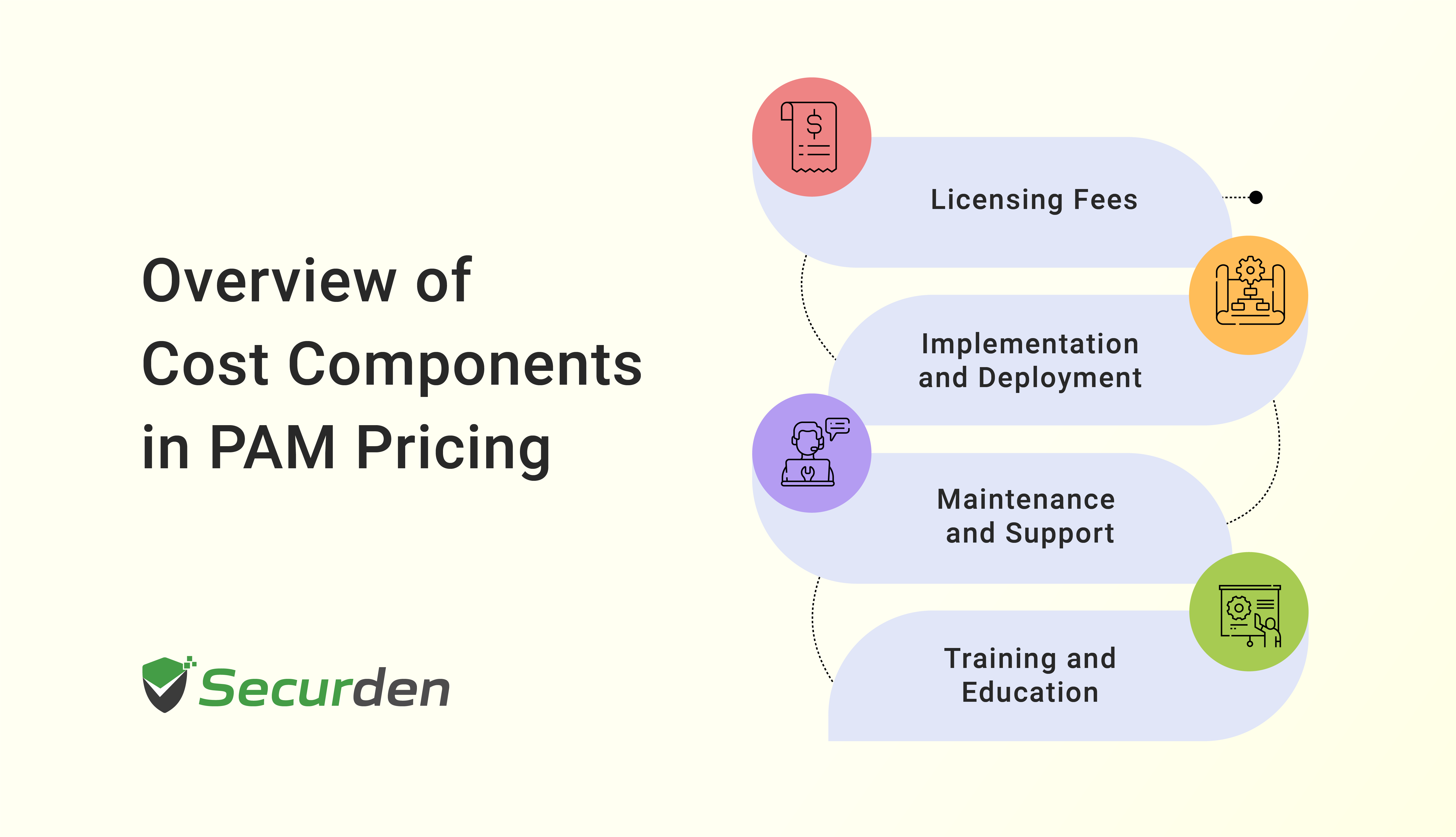

Licensing Fees
Licensing fees form the cornerstone of PAM pricing models, with variations depending on vendor offerings. User-based licenses charge per user or privileged account, ranging from hundreds to thousands of dollars annually. Alternatively, a perpetual license entails a one-time purchase but often includes ongoing maintenance fees that can accumulate over time.

Implementation and Deployment
The initial implementation of a privileged access management solution can incur several costs. Many organizations benefit from ongoing professional services to assist with configuration and deployment, especially in complex IT environments.
Customizing and integrating existing systems may require additional investment to ensure the solution meets your security needs.

Maintenance and Support
Ongoing maintenance and support are essential for the long-term effectiveness of any privileged access management solution. Annual maintenance fees cover software updates and security patches, while various support plans can influence costs.
Premium options among these support plans offer quicker response times and more comprehensive assistance, particularly valuable for organizations with critical security requirements.

Training and Education
Investing in training is essential for maximizing the benefits of a PAM solution. Proper training for IT staff and end-users is crucial for effective implementation and usage.
Organizations should budget for training sessions and materials to ensure everyone is equipped to utilize the PAM solutions effectively.
Experience Clear Value with Securden—No Hidden Costs
With Securden, what you see is what you get. Enjoy straightforward pricing and comprehensive features without unexpected expenses.
What are the Additional Cost Considerations for Implementing a PAM Solution?
While the above-listed components make up most of the price tag, you need to consider additional cost considerations before finalizing any PAM solution.
Software Costs
Opting for a platform-based or unified PAM solution can be more cost-effective than purchasing additional software components and products.
Take Securden, for instance. Our Unified PAM solution is a self-hosted binary package, which includes everything from back-end databases to web servers. You won’t need additional hardware or software to get our PAM solution up and running.
Infrastructure Costs
Some PAM vendors require a significant infrastructure investment, including dedicated servers, databases, network appliances, storage systems, and backup hardware. These components, often necessary to support a PAM solution, can drive up initial setup and long-term maintenance costs, particularly in large or distributed environments.
Services Costs
Another aspect that can increase your overall cost is the implementation. Complicated setups and prolonged deployment times can increase your expenses. Investing in efficient implementation services upfront can mitigate these risks and streamline your deployment.
You could also opt for Securden’s Unified PAM, which is based on a do-it-yourself (DIY) framework and requires no external training for installation and deployment.
Customization Costs
Depending on the vendor, your customization costs can quickly escalate if you're charged for every minor change. That’s why you should always factor in these potential costs when selecting a privileged access management solution, as extensive customizations can significantly inflate your budget.
Supporting Technology Costs
Some PAM solutions may require additional licenses for components like remote desktop services. Be sure to account for these extra license fees and ongoing maintenance costs, which can impact your overall budget.
Reporting Costs
Many PAM solution vendors charge extra for advanced reporting capabilities, which can lead to increased manual processes and time spent on audits. Consider whether you must invest in additional reporting tools or professional services to customize reports.
Operational Costs
Finally, consider the personnel costs of managing your privileged access management solution. Can your existing team handle the workload, or will you need to hire an additional dedicated team to implement the PAM solution? The need for cybersecurity professionals can make finding the right resources even more challenging and increase operational costs.
That’s quite a list of additional costs to consider when calculating the total cost of PAM ownership. You could either evaluate these costs with different vendors or explore Securden’s offerings.
Securden’s Unified PAM is a self-contained solution that eliminates nearly all the above extra costs. Moreover, you can rest assured we have no hidden fees. Our all-inclusive pricing is based solely on the number of users. It provides access to all premium PAM features, such as automating password rotation and SSH key management, without any limits on connections or passwords managed.
Secure Your Privileged Access Today
Protect your organization from cyber threats with a robust PAM solution. Securden offers a unified platform ensuring only authorized users access sensitive data.
Comparison of PAM Pricing Models Available in the Market
Each PAM pricing model available in the market has its own benefits and drawbacks. Here’s a brief comparison of the most common privileged access management pricing models that outlines their key features, advantages, and disadvantages.
By comparing these models, you can identify the most suitable option that balances cost-effectiveness with the security features necessary to protect your organization's sensitive data.
Pricing Models
|
Subscription-Based Pricing
Firms pay a recurring fee for access to a service or product. |
||
|
Advantages
Predictable costs for budgeting, Access to ongoing updates and support. |
Disadvantages
Long-term costs may exceed the initial purchase |
Best Suited For
SaaS companies and services with ongoing value |
|
Pay-as-You-Go
Cost is based on the actual usage of a service or product. |
||
|
Advantages
Flexibility to scale costs with usage, No upfront commitments. |
Disadvantages
Unpredictable expenses can lead to budget overruns |
Best Suited For
Businesses with variable usage patterns |
|
Perpetual Licensing
Customers pay a one-time fee for permanent access to a product. |
||
|
Advantages
No recurring fees after the initial purchase, full ownership of the product. |
Disadvantages
Higher upfront costs,May require additional fees for updates/support |
Best Suited For
Organizations that prefer long-term ownership |
|
User-based Licensing
Pricing is based on the number of users accessing the software. |
||
|
Advantages
Ability to add or remove users as needed, Costs align with usage. |
Disadvantages
Costs can escalate with user growth, May limit access for smaller teams |
Best Suited For
Teams and organizations with fluctuating user counts |
|
Tiered Pricing
The different tiers of prices are based on features or usage limits. |
||
|
Advantages
Flexibility in choosing the plan that best fits current needs and budget. |
Disadvantages
The complexity of choosing the right tier can be confusing |
Best Suited For
Businesses with diverse customer segments |
|
Enterprise Licensing Agreements (ELAs)
Custom agreements for large organizations, often with volume discounts. |
||
|
Advantages
Tailored solutions, Potential cost savings for large-scale usage |
Disadvantages
Lengthy negotiations can delay implementation |
Best Suited For
Large enterprises with significant software needs |
|
PAM-as-a-Service
Cloud-hosted PAM solution with vendor-managed infrastructure, accessed via subscription |
||
|
Advantages
Reduces overhead for implementation and maintenance, Easy to scale |
Disadvantages
Vendor lock-in can limit flexibility |
Best Suited For
Organizations looking to purchase managed PAM solutions |
Looking for a Cost-Effective PAM Solution?
Whether you're safeguarding internal systems or monitoring external access to sensitive data, you can’t do without a PAM solution. Investing in one of the best PAM solutions ensures comprehensive security, seamless integrations, and long-term cost savings. These solutions should enforce the least privilege principle across all user access points. That said, finding a PAM solution that meets your needs and security concerns is easier said than done.
Securden’s approach to privileged access governance is reflected in its Unified PAM, a modern, all-in-one solution designed to tackle the challenges of privileged access management. With its self-hosted deployment model and user-friendly design, Securden simplifies the complexities typically associated with PAM implementations.
Don’t wait until vulnerabilities become threats—start your journey towards enhanced security and operational efficiency with Securden by signing up for a personalized demo today.
Let’s discuss your PAM requirements and how we can help you achieve your security goals!
Get Your Cybersecurity Needs Addressed with Securden
With Securden, you can manage privileged access across cloud, physical, and virtual environments. Gain complete visibility and control over your security landscape.
Frequently Asked Questions About PAM Pricing
How to determine the total cost of ownership for a PAM solution
To determine the total cost of ownership for a PAM solution, you must consider licensing fees, implementation costs, ongoing maintenance, and indirect expenses like implementation, training, and support. Moreover, you should also factor in the need, if any, for additional hardware, software, or professional services that may increase the total cost of ownership (TCO) beyond the initial price tag.
What are the key components to evaluate when selecting a PAM vendor?
When evaluating PAM vendors for features, scalability, and ease of management. In addition to that, you should also assess if you can turn on new features yourself or if they require costly professional services. Consider the infrastructure footprint needed for on-premises deployment and the ability to achieve high availability. Lastly, determine if you need additional licenses for supporting software components.
How does Securden's PAM pricing compare to other providers in the market?
Securden offers competitive pricing with flexible models tailored to different organization sizes. Unlike some vendors requiring additional purchases for new functionality, Securden provides comprehensive features within a single pricing structure, including password management, web access, and threat analytics.
Does Securden offer flexible pricing models for different organization sizes?
Yes, Securden offers different pricing models designed to fit the needs of organizations of all sizes. Whether you're managing privileged accounts on a physical or virtual machine or need a solution for a large enterprise, we offer scalable options based on the number of users and admins in your organization.
Are there any additional costs for training and onboarding my team to use Securden's PAM platform?
At Securden, we provide training and onboarding support as part of our service, with no hidden fees. However, depending on the complexity, if your internal team requires extensive training or configuration work, there may be additional costs.
What is the typical timeframe for fully implementing Securden's PAM solution?
The full implementation of Securden's PAM solution typically takes two weeks, depending on your organization's size and existing infrastructure. The process includes initial configuration and integration with other software, ensuring high availability.
Can Securden's PAM solution scale with my organization's growth without significant cost increases?
Yes, Securden's Unified PAM solution is designed to scale with your organization's growth, offering new features and additional capacity without significant cost increases. The platform's flexible PAM architecture supports cloud and on-premises environments, ensuring seamless scalability.

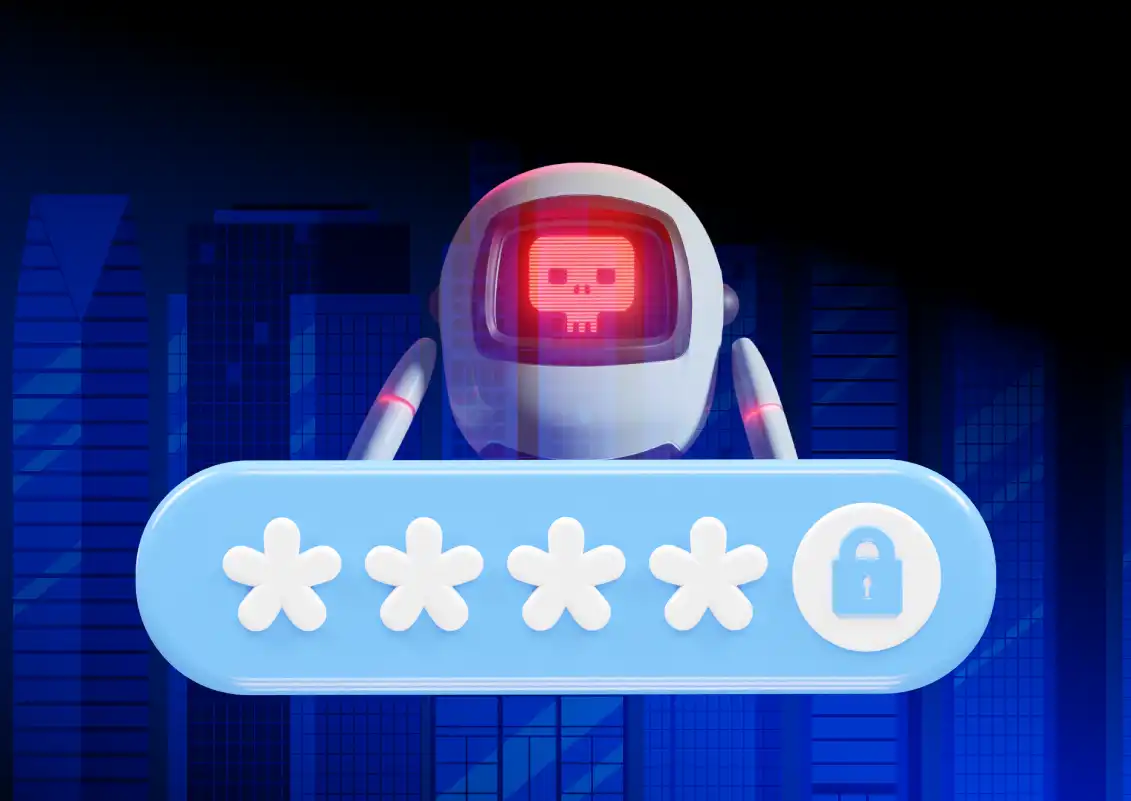
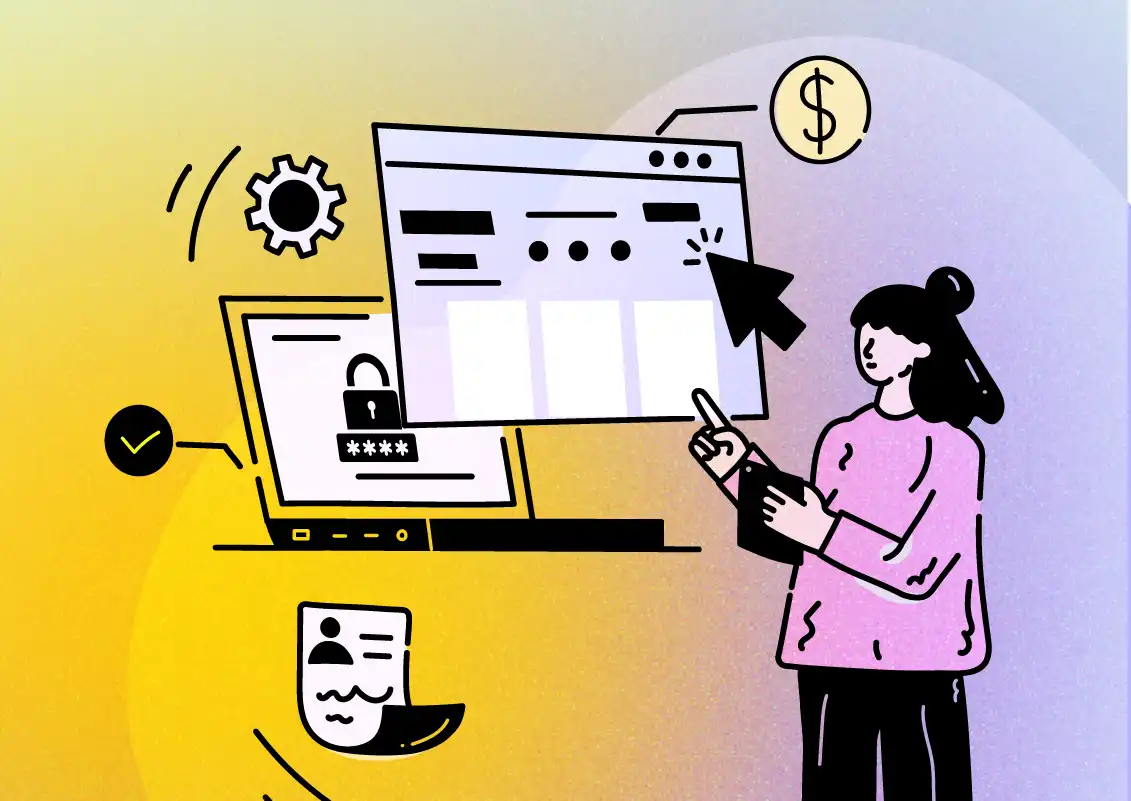
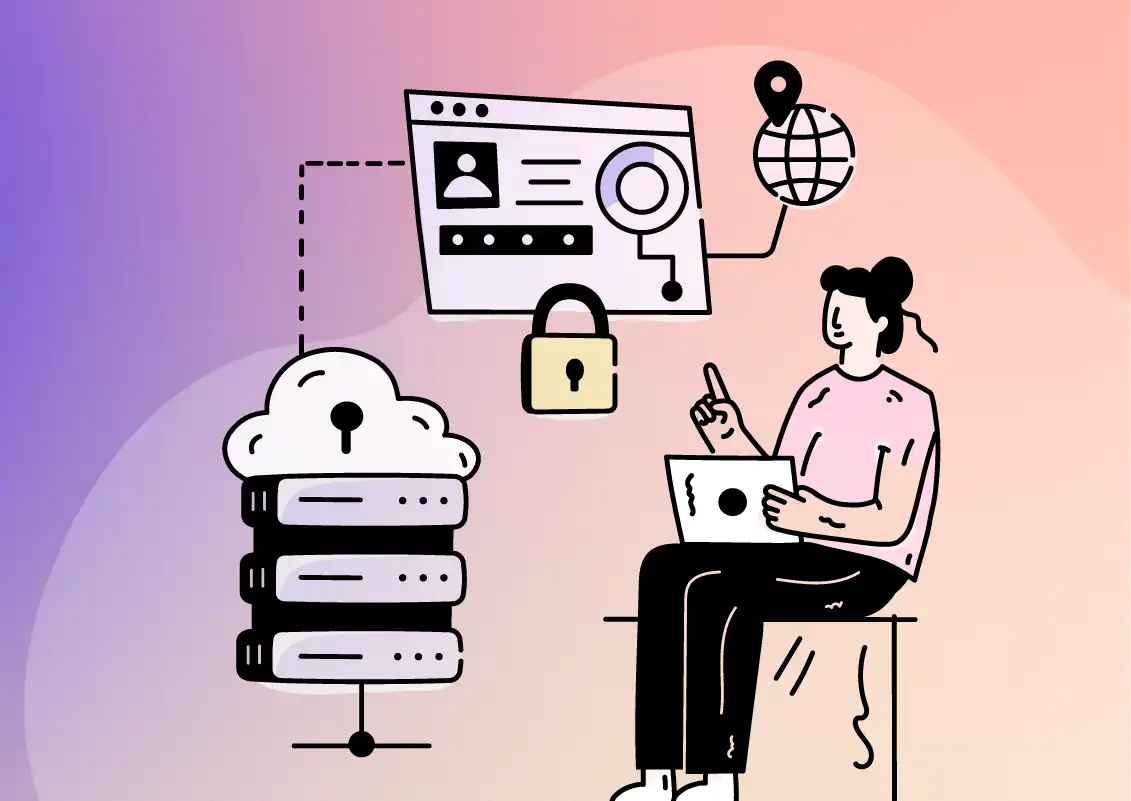
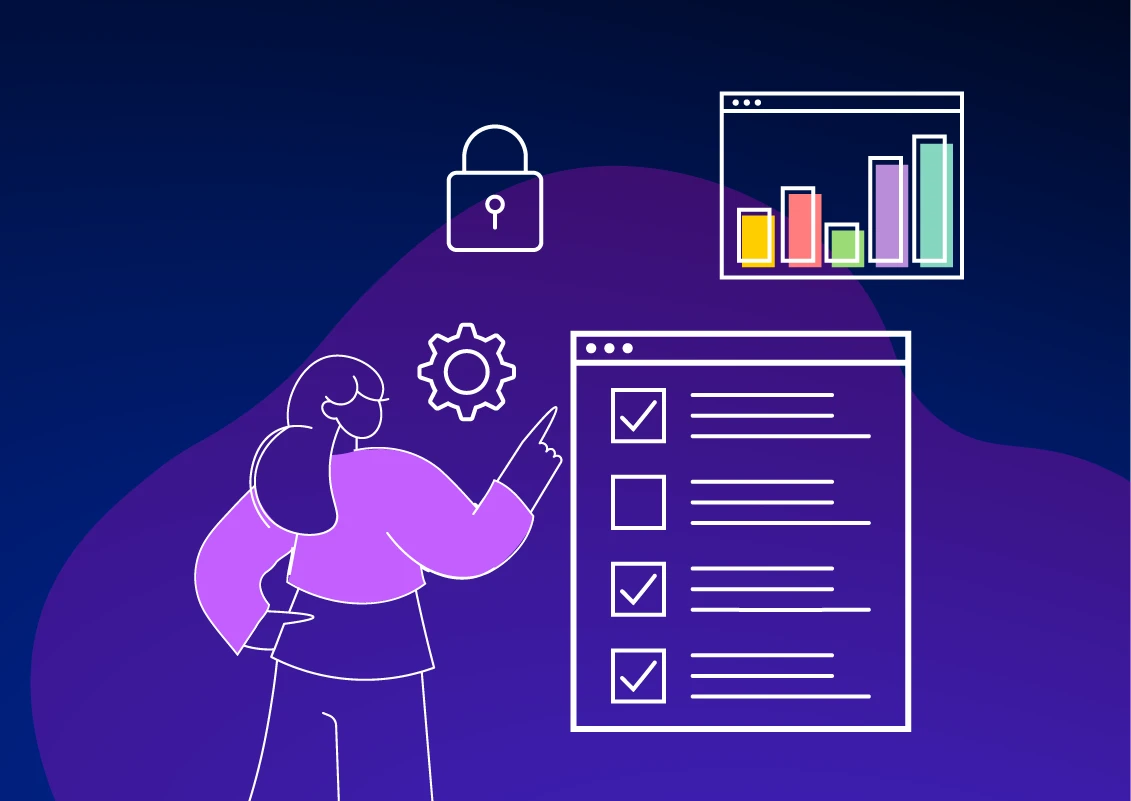
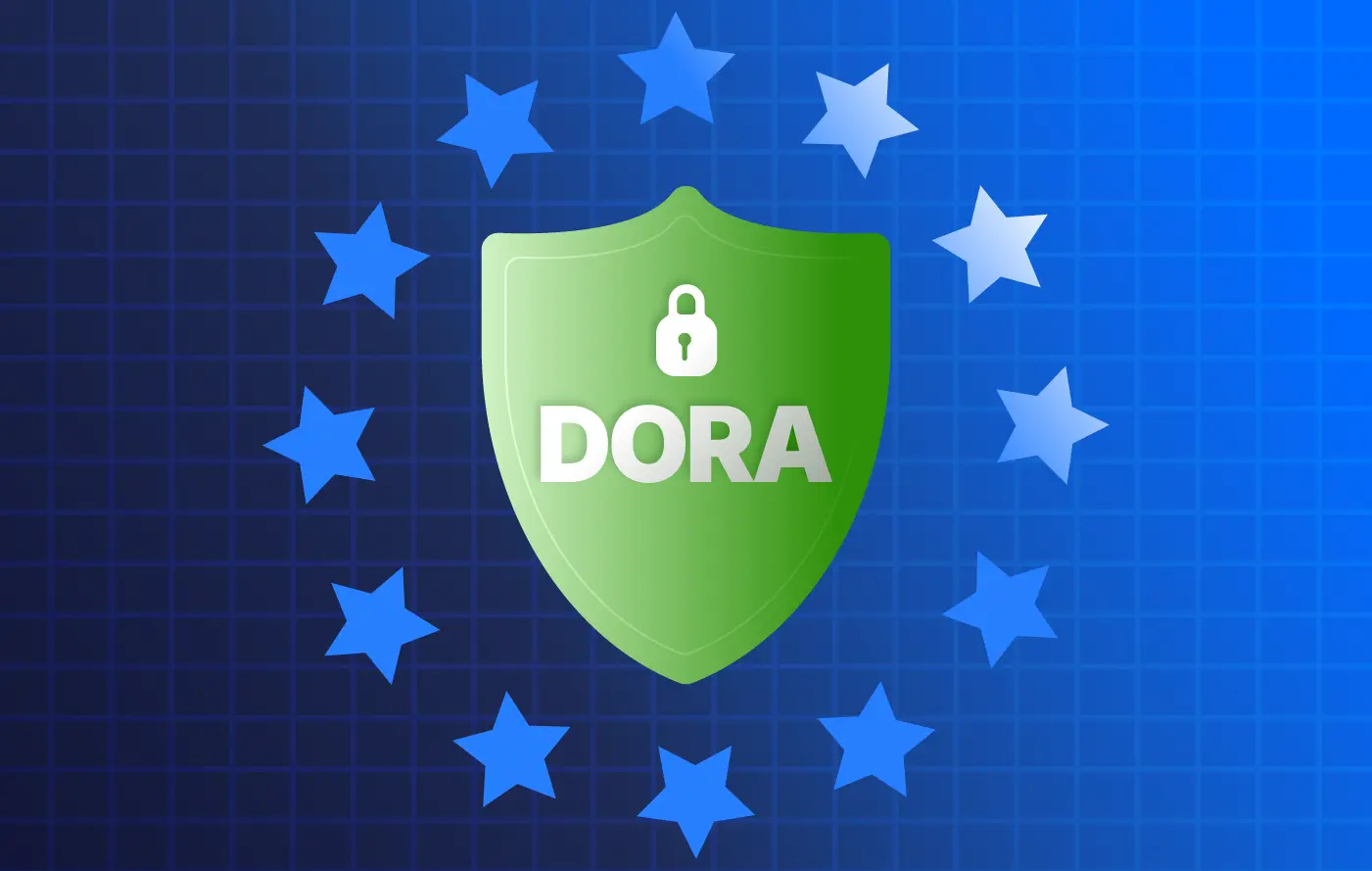
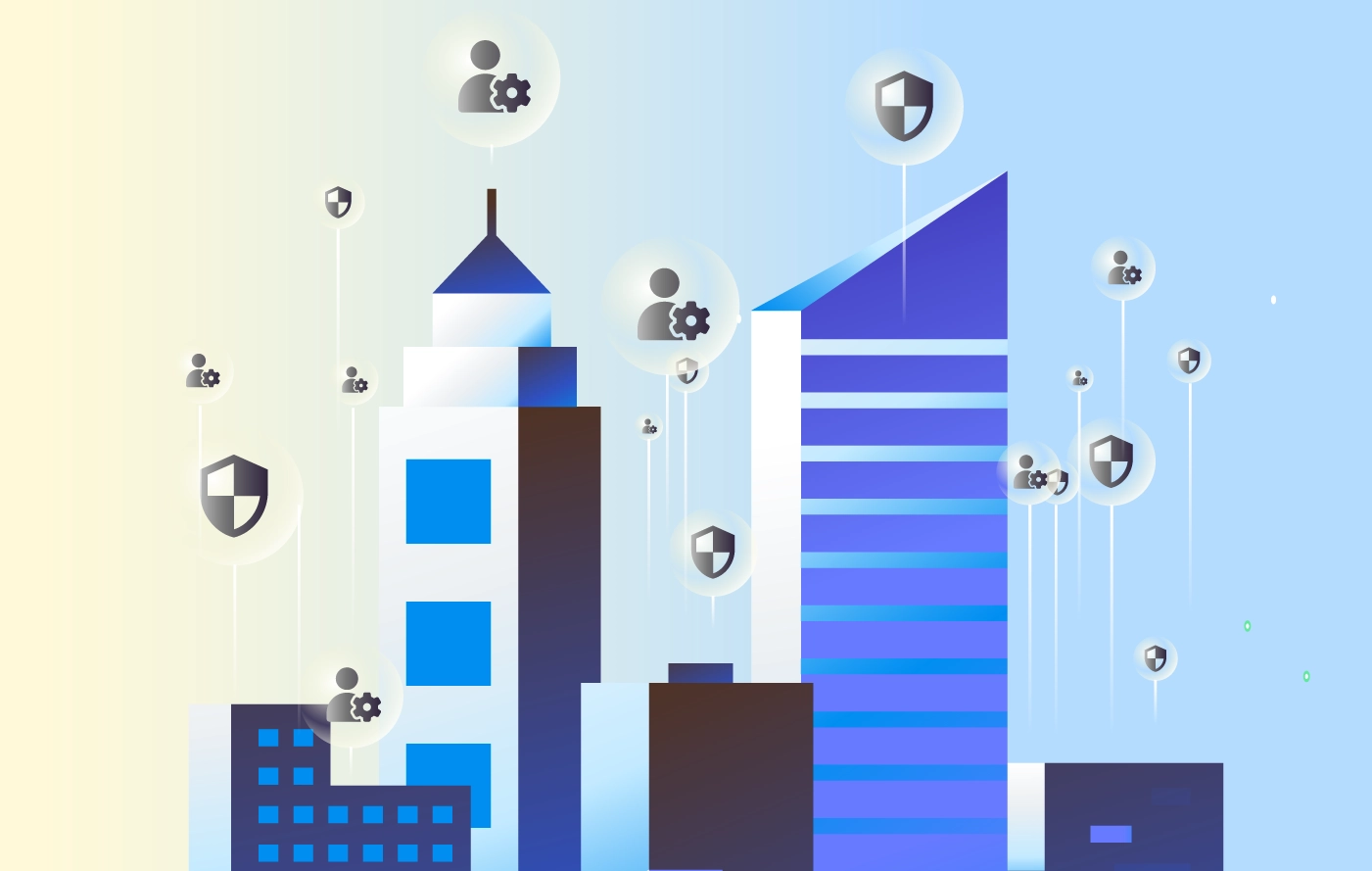
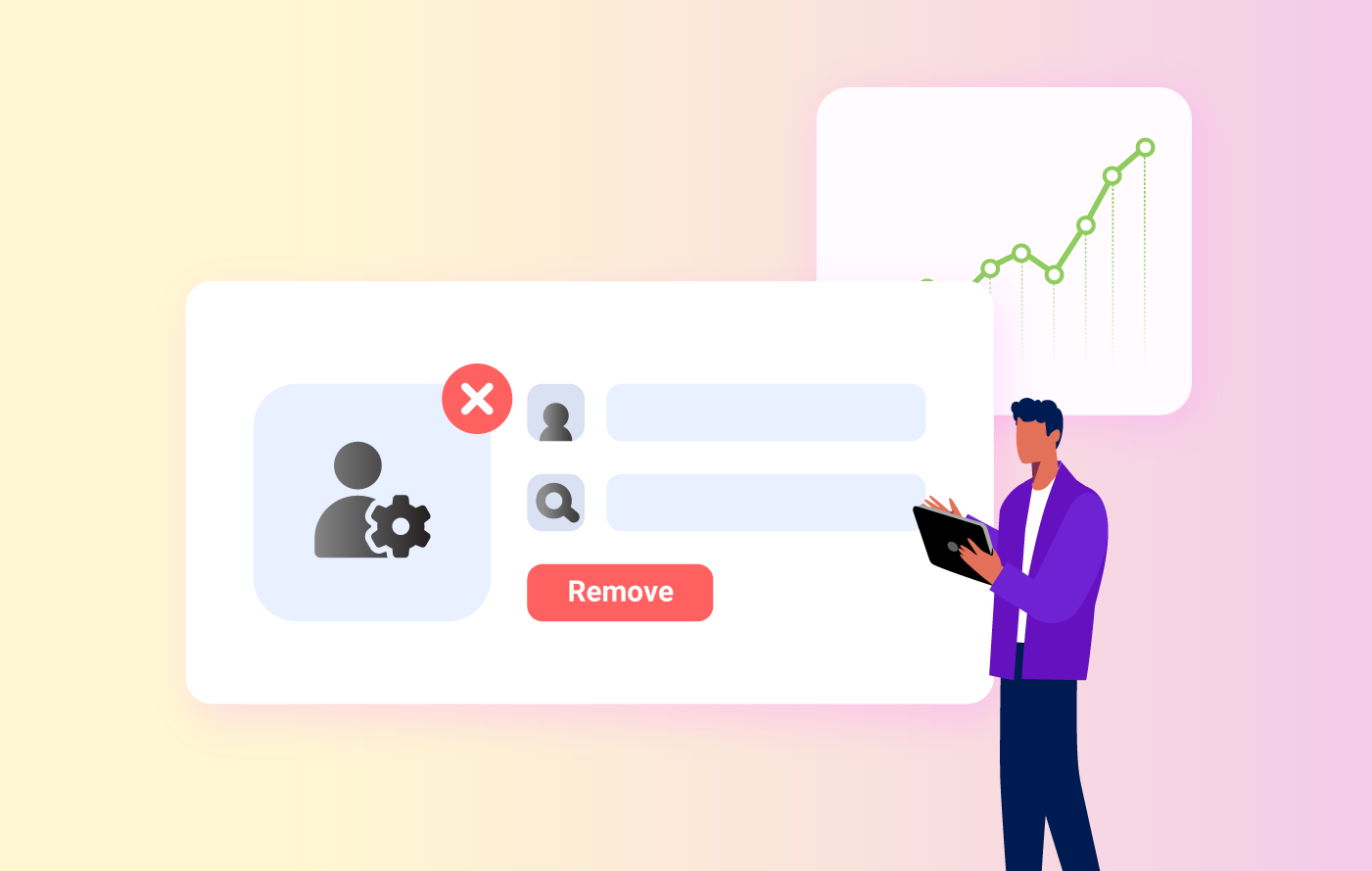
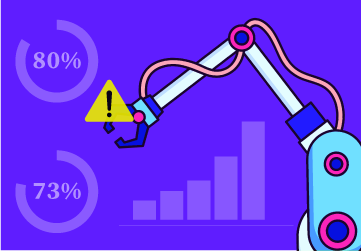
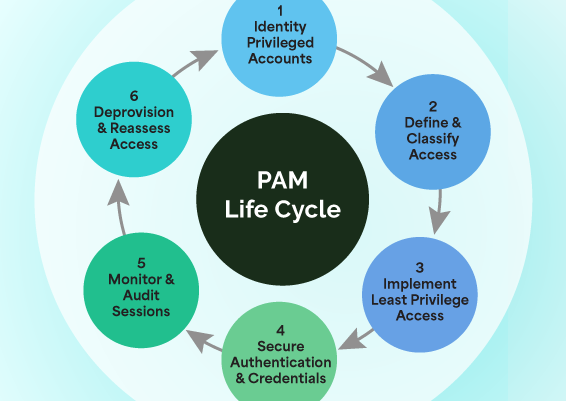
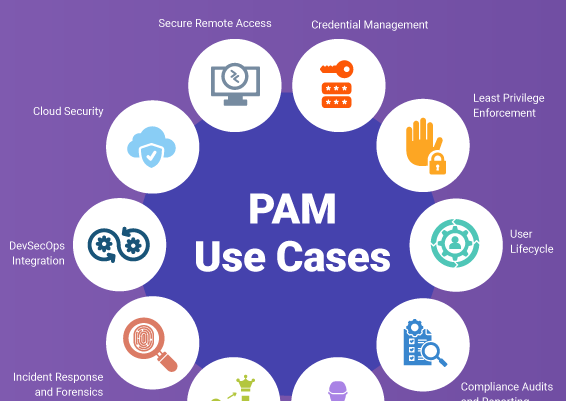
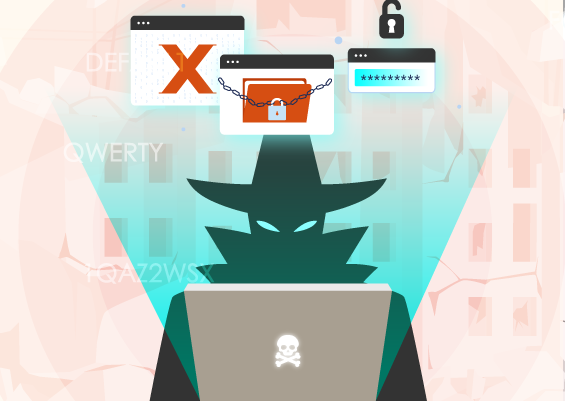
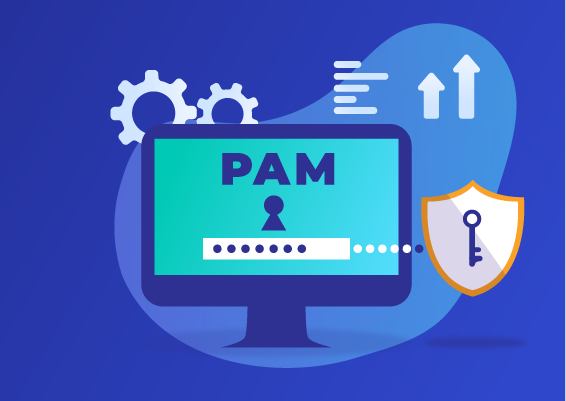
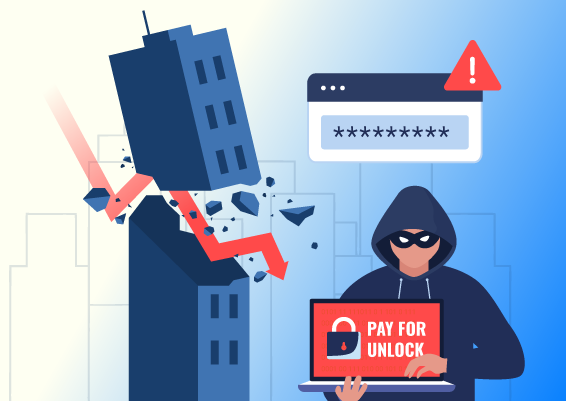
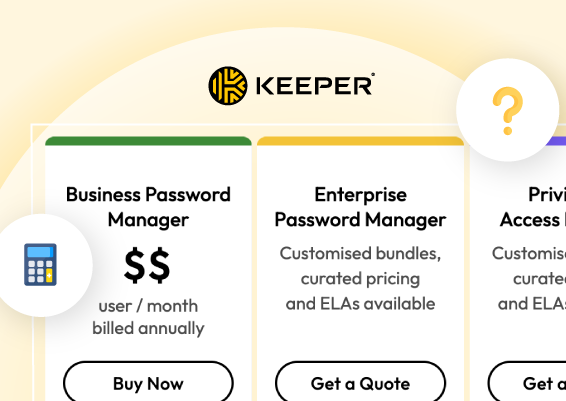
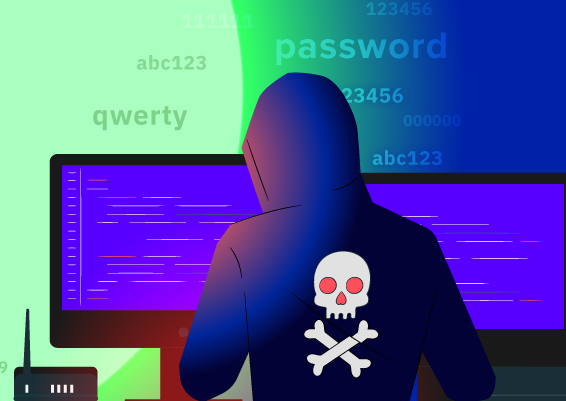
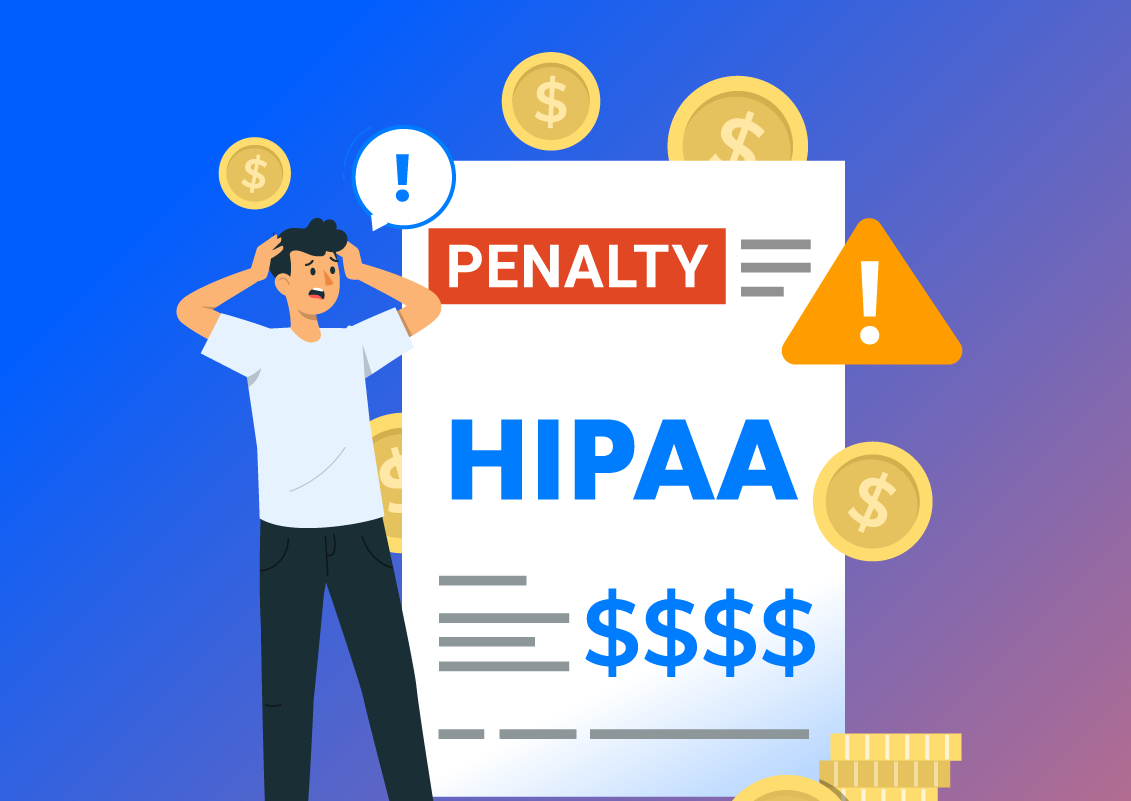
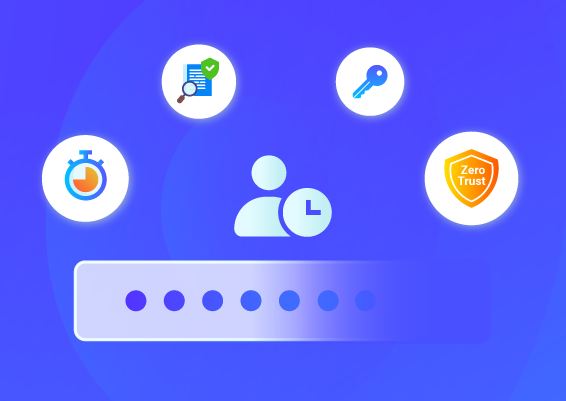
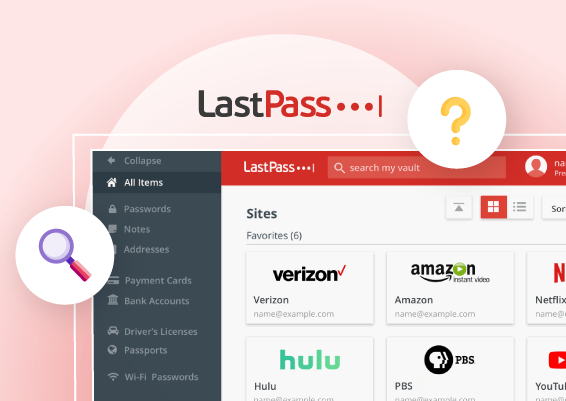
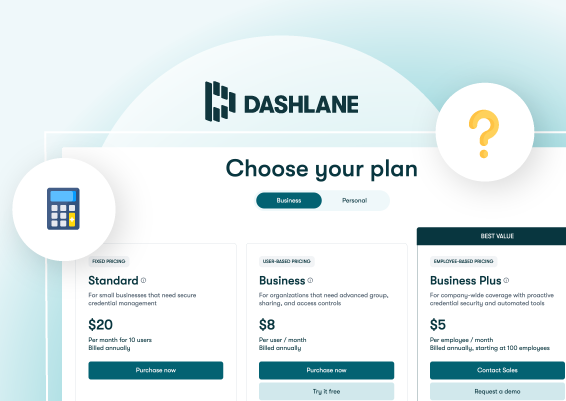
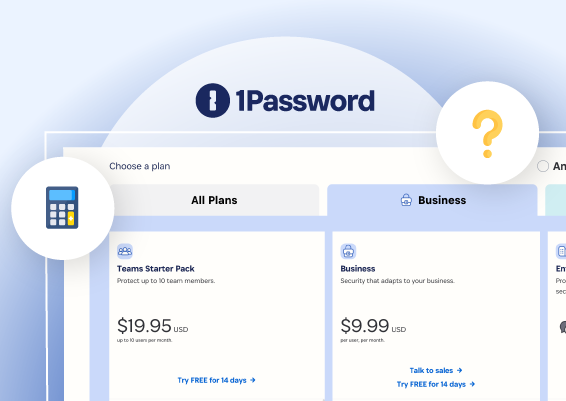
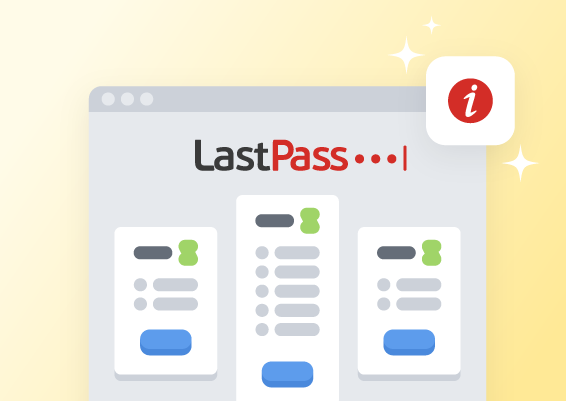
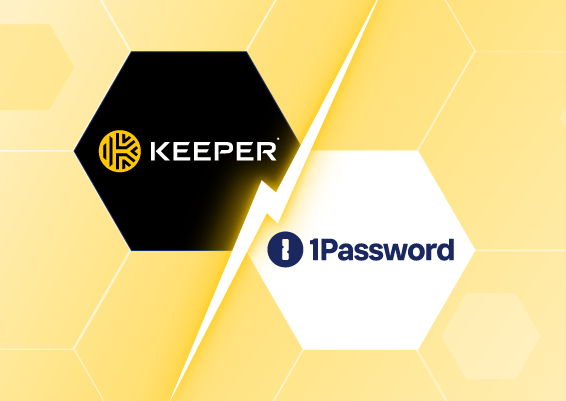
![What is Cloud PAM? [Definition, Features, Benefits, and Factors to Choose the Right One]](/images/cloud-pam/cloud-pam-blog-image.webp)
